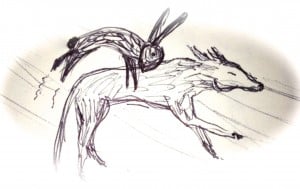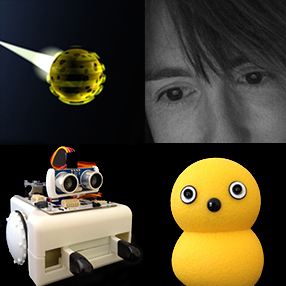![]()
now we have come to travelers who multiply meanings as they move, we should be wary of getting to comfortable with any single line of analysis. These stories have as many senses as the contexts of their telling. Their tracks point every which way. Odysseus’ oar may also be a winnowing fan, but that hardly exhausts its meanings. Burying the handle of the winnowing fan in a heap of grain is a sign that the harvest is done. Burying a sailor’s oar in a heap of earth is the sign that marks that sailor’s grave. Maybe when an oar stands over a grave it does come to the end of its meanings, for then the traveler’s journey is done. But who would want such closure? “Rabbit jumped over Coyote four times. He came back to life and went on his way.”
(Lewis Hyde, Trickster Makes this World, 1998, p. 80)
I really feel that I should have read this book many years ago, but it was shoved under my nose recently, and this section appeals to me in light of yesterday’s post about windows on the world. Hyde provides some rather beautiful examples of how a different perspective changes the meaning of something.
The point about multiple meanings, and developing a wary eye towards “any single line of analysis” makes a lot of sense to me. However, I also think that it is one of the reasons that I find research writing so difficult. I try to be very careful to see through more than one window (as Mary Midgley suggests) to see more than one meaning, and I then find it very difficult to place descriptions and analyses of the different views together on the page. It is easier in a verbal presentation, probably because the ideas are performed in particular space and time, for a particular audience, and often because there is only time to discuss a few points. In writing it always seems so much more complicated…


